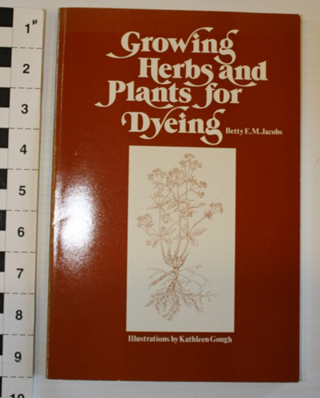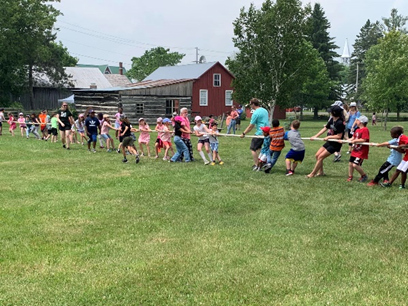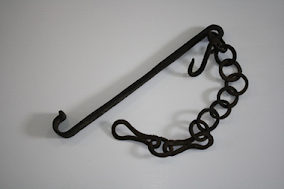May 31
Tobacco – in the Footsteps of the Pioneers.
Smoking is "a custome that is lothsome to the eye, hatefull to the nose, harmefull to the braine, daungerous to the Lungs …" so wrote James VI of Scotland a year after his accession to the English throne as James 1 in 1603. Although James was centuries ahead of his time in recognising the health hazards of smoking, his distain for tobacco and smokers had no influence on curtailing the spread of the habit that was by then already well established in Britain and Europe.
The tobacco plant genus 'Nicotiana' is
native to sub tropical regions but – weeds being weeds – can be sucessfully
cultivated in more temperate regions. There are two main species used in the
production of tobacco on the American continent - the hardy wild tobacco
'Nicotiana rustica', used for centuries by the indigenous peoples before the
arrival of the Europeans, and a hybrid 'Nicotiana tabacum' cultivated for commercial
tobacco production . Nicotine, a poisonous addictive alkaloid found in both
species has narcotic and soothing qualities so was used by the native people
for ceremonial and medicinal purposes as well as for everyday social use.
Nicotiana rustica has nicotine content up to nine times greater than N.
tabacum.with consequently more powerful pharmacological effects of
intoxication, hallucination and addiction. Tobacco is commonly consumed by
smoking or chewing the prepared leaf of the tobacco plant or by inhaling
through the nose a fine powder made from the dried leaf (snuff).
Tobacco, made into a liquid infusion to extract the nicotine, was also an important insecticide spray for fruit growers.
The population of New France having acquired
the smoking habit from the First Nations peoples cultivated N. rustica for
their own use from the 17th C onwards – a strong tasting home grown
product known as 'le tabac canadien'. Further South, conditions in the newly
established British colony of
This variety of tobacco plant was
introduced to
Tobacco is prepared by curing or drying the leaf of the plant. The earliest procedure was to harvest the whole plant at maturity cut close to the ground and hung in well ventilated barns to air cure for several weeks. The curing time could be reduced by raising the air temperature with smouldering hardwood fires (fire cured). Cured tobacco could be further improved by fermentation (akin to composting) and by aging for a year or longer – procedures requiring large quantities of cured leaf and so practically limited to commercial growers. Flavourings such as rum and molasses were also sometimes added. All of the early tobaccos were produced for pipe, chewing and snuff consumption, cigarettes becoming commercially available only during the late 19th C.
The pioneering settlers of
Written by the late John Downing in September 2017 and published in the Glengarry Pioneer Museum's annual newsletter, Timelines in the spring of 2018.












%20McLeod%20Store.jpg)


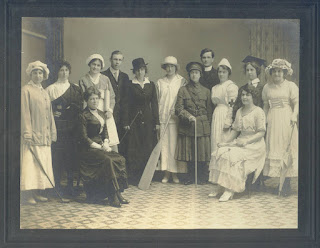
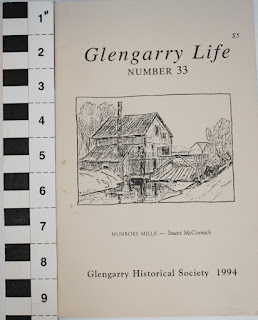
.png)



